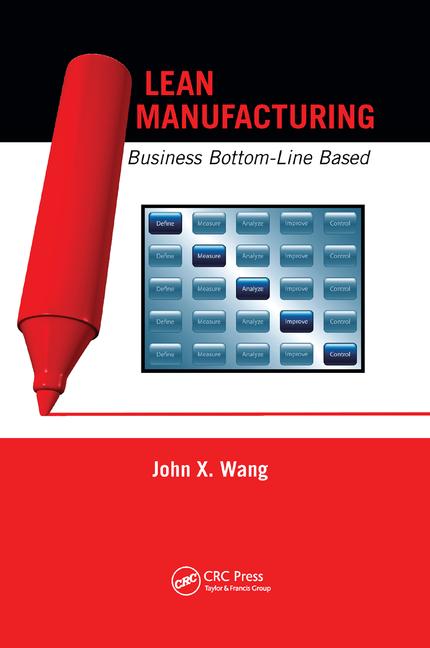Copying solutions is ineffective for three reasons. First, you might have a different problem. Consider, for example, copying answers from the kid next to you in class, only to find out that he took a different test with different questions. Second, the enabling culture and infrastructure that make a solution work in another plant are likely to be different from those in your plant, leading to unpredictable results. Third, and perhaps most important, you aren't earning the knowledge for yourself. If you copy the answer without learning how to work through the problem, your knowledge will be only superficial.
To benefit from visiting a successful company, you have to learn to look beneath the surface. If you return with nothing more than notes such as "they were really nice, it was incredibly clean or I can't believe how many metrics they had," then you have fallen into the habit of what we call industrial tourism-you had a great visit, but all you have are these lousy pictures.
As usual, the key to effective benchmarking is doing your homework. The answers to your questions will lead you to appropriate action, and action leads to results. Here's a quick and simple roadmap for getting the most out of a benchmarking trip.
- Know your purpose. Know why you are asking to visit a company. Don't go just because they are good or everyone else is doing it. Know what you want to learn or what problem you want to solve; this drives the trip planning and determines who should be going.
- Communicate extensively before your visit. Don't waste everyone's valuable time on-site asking what products the company makes, how many employees it has and how long it has been lean. Get this out of the way before you visit so you can focus on your primary objective-learning and understanding.
- Prepare your questions in advance. Most people ask the questions that come to mind, but those aren't the really valuable questions. The really valuable questions don't have predetermined answers; they require the respondent to think. Questions should focus on understanding. "What conditions enabled success" and "what went wrong that you were able to overcome" are questions that lead to a deeper understanding. Good answers-like good research-always lead to more in-depth questions.
- Use multimedia learning. Use verbal interactions, direct visual observation and-if possible-use kinesthetic action or experience. If you are going to learn about 5S, ask if you can participate in an event. If you are going to learn how they interview candidates, ask to be interviewed yourself. Put yourself into the experience of the practice, skill or problem you are there to learn about. This will dramatically change what and how you learn.
- Reflect immediately. Ask yourself what you learned. What worked and why? What didn't work and why not? Then ask what actions will we take? Don't write a report of your findings. Reports don't create change. Actions create change.
Whether you agree or disagree, Jamie will welcome your comments. Contact him at jamie@leanlearningcenter.com.


